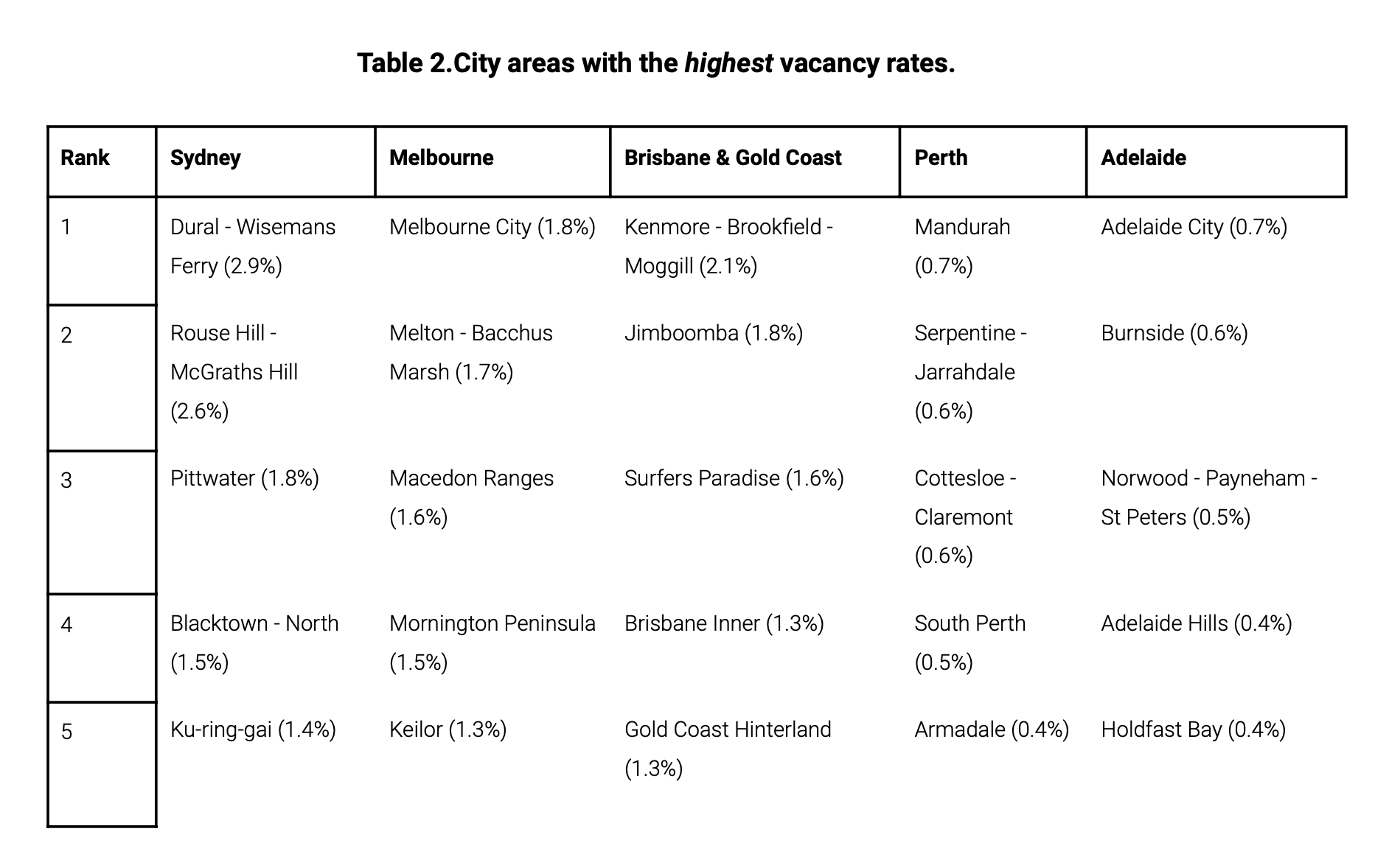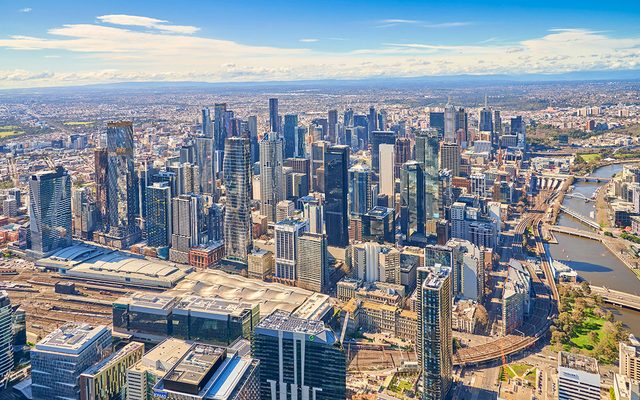This article is from the Australian Property Journal archive
THE national vacancy rates have hit a new record low, at 0.7%, despite demand easing across February hinting at improving conditions for renters.
According to Domain’s latest Vacancy Rates Report, Australia’s vacancy rate hit an all-time low over February, which was attributed to ongoing population growth, a slow construction sector and rising property prices locking out potential buyers.
Over the month, the average views per rental listing also declined and was lower compared to previous Februarys.
“While the vacancy rate hits a record low, it’s crucial to consider the bigger rental market picture,” said Nicola Powell, chief of research and economics at Domain.
“The number of prospective tenants per rental listing is easing, indicating falling competition between renters. This supports the trend of slowing rental growth, suggesting demand is pulling back. This could be an early indicator of an increase in vacancy rates sometime this year.”
Mirroring the national rate, the combined capitals saw the vacancy rate decline from 0.8% to 0.7%. While the combined regions were steady at 0.8%.
In both Sydney and Melbourne, the rate fell from 0.9% in January to 0.8% in February, which was a record low for Sydney and a return to a low last seen in March 2023 for Melbourne.
Brisbane fell from 0.8% to 0.7%, with Perth back down to a record low from 0.4% to 0.3%, Canberra down from 1.5% to1.3% and Darwin from 1.4% to 1.3%.
With both Adelaide and Hobart stable for the month at 0.3% and 0.7% respectively.
“There are a number of first-home incentives across the states and the prospects of the hotly discussed Help to Buy scheme,” added Powell.
“We’ve seen more first-home buyers entering the market. This trend will likely accelerate with the introduction of new incentives for first-time buyers, coupled with the possibility of interest rate cuts. This could translate to reduced demand in the rental market and an increase in available rental properties for tenants.”



















